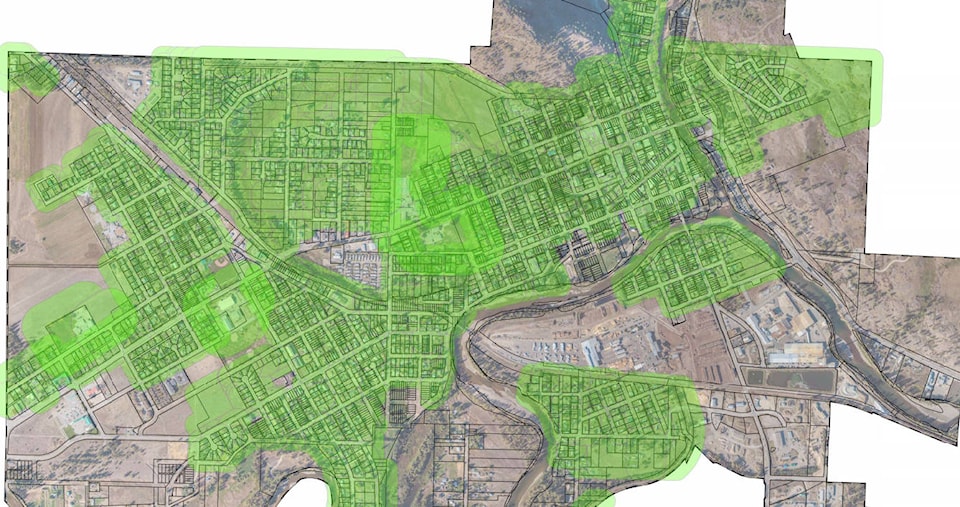Grand Forks will host a public workshop to fine tune definitions of services such as ”supportive housing,” “community kitchen” and “emergency shelter” for the city’s zoning bylaw and get community input on where such facilities would be best located within the city. Councillors deferred any vote to adopt definitions outlined by staff at a Nov. 25 council meeting until after the public’s had its say.
Mayor Brian Taylor and the city’s CAO confirmed that the discussion on definitions will not necessarily have bearing on the establishment of a winter shelter for 2019-2020. Rather, they said, the workshop exercise will help will future planning in the city.
In the report to council, city staff suggested that a distance buffer between any future shelter and things like schools, parks and residential areas may not be the best way to go, recommending instead that decision makers form their ideas based on operational and design criteria specific to any facility.
Planning staff presented three maps which illustrate exclusion zones based on distance preferences which effectively either push any possible shelter south of town or allow one to exist at the former warming centre’s location at 7500 Donaldson Dr.
The maps show that if the city were not to permit a shelter to crop up within 400 metres of a church or 7500 Donaldson. Dr., the downtown core, Riverside, Ruckle and Johnson’s Flats would be the four free neighbourhoods. A 50-metre buffer from schools, recreation facilities, Core Commercial and residential zones pushes any shelter to the southeast corner of downtown, City Park, and a strip of Donaldson Drive running north of Hwy 3, including the former warming centre’s location. The same criteria, with the addition of a 500-metre buffer from any school, pushes a shelter City Park or areas south of 66th Avenue.
Instead, staff recommended that “a more novel and pragmatic approach may be for council to look at solving the problem in a more holistic manner,” using case-by-case criteria such as a guaranteed provision of on-site security, a good neighbour agreement, public notice and hearing requirements and social supports included by a provider with a “proven track record, and/or appropriate supports to achieve success in areas where residential is a permitted use.”
The criteria were drawn from feedback from the Grand Forks Social Services Advisory Group, a table of stakeholders representing service providers and neighbourhood interests. Staff also incorporated feedback gleaned from a survey filled out by councillors in its report.
The staff report also offers definitions of various types of shelters and short-term housing as a response to a repeated ask advanced by Coun. Rod Zielinski. The definitions, staff say, draw heavily from BC Housing definitions of projects that the Crown corporation funds.
Zielinski has asked staff to bring forward such definitions in order to amend the city’s zoning bylaw and thereby formally bring facilities such as emergency shelters and supportive housing under the city’s legal jurisdiction. Last summer, council found that multiple occupant overnighting at the warming centre at 7500 Donaldson Dr. was in potential contravention of the zone which governs that building (Light Industrial). A letter indicating the finding was sent to the landlord and led to the closure of the facility. Bringing formal definitions into the city’s zoning bylaw could eliminate such confusion in the future.
As of Nov. 26, no date had been set for the public workshop.
@jensenedw
Jensen.edwards@grandforksgazette.ca
Like us on Facebook and follow us on Twitter.
